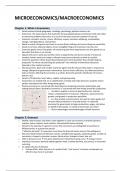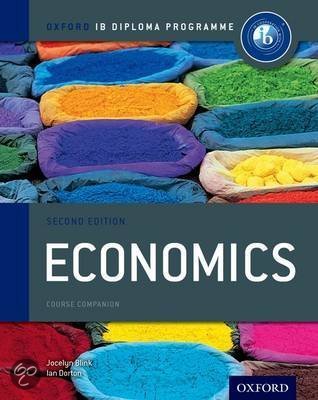Summary
Full HL Economics Summary (ib)
- Course
- Institution
- Book
The completed Economics HL summary is based on the 2023 ib exam syllabus, covering the full IB Economics textbook. Including graphs and calculations. Micro, Macro, and World Economics covered. The summary is 72 pages with chapter breakdowns, clearly labelled,
[Show more]




